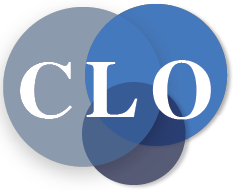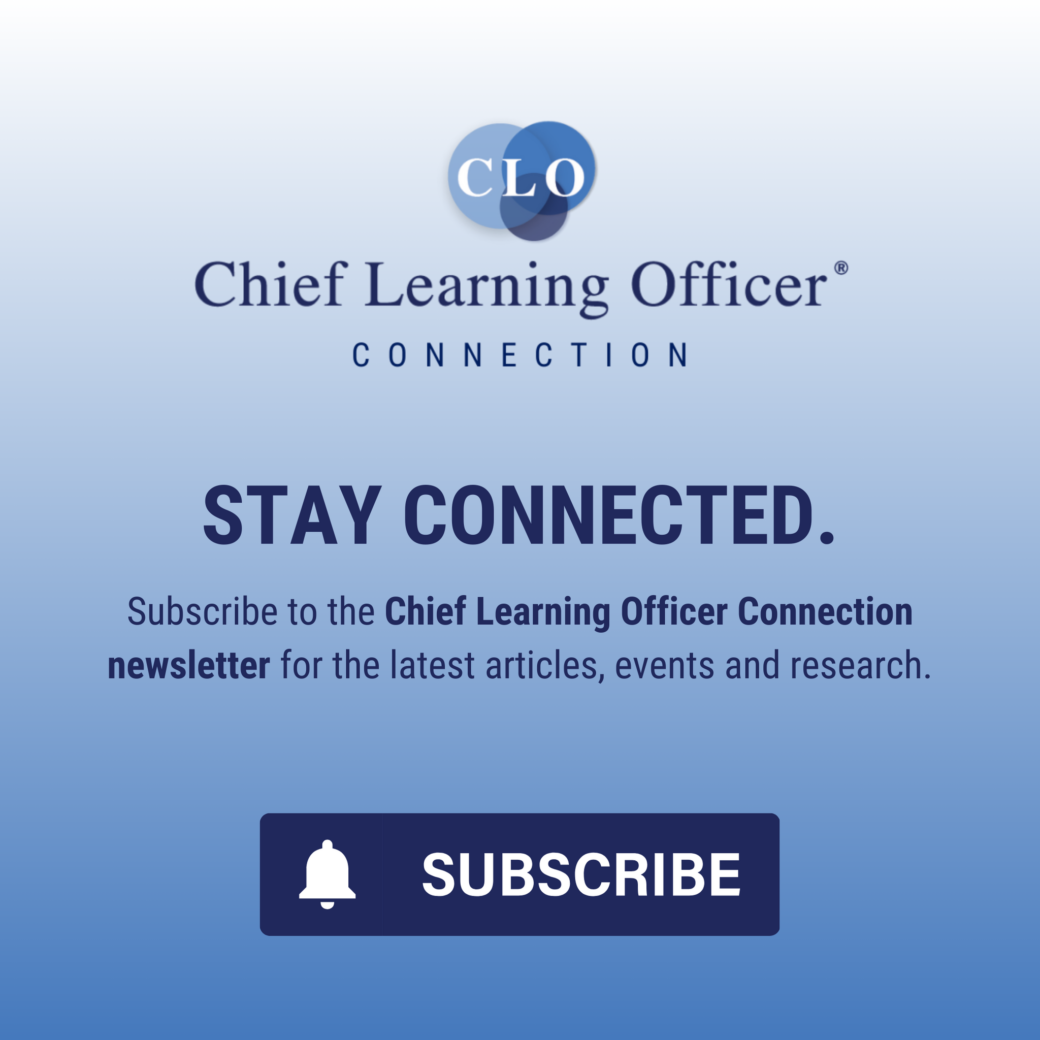There’s an underutilized resource at your company that can supercharge your leadership development efforts: Communities of practice. These are groups of professionals who help and support each other to grow their skills and careers, but they don’t happen by accident. Every successful community has emerging leaders at its core.
In the Connected Communities program at Microsoft, we nurture and empower these future leaders, teaching them core leadership skills and providing a safe place for them to practice. This article dives into the transformative potential of these communities, shedding light on their role in shaping the next generation of company leaders and giving practical tips for growing a community-based leadership development program at your company.
While communities of practice have existed for as long as people have worked together, the concept was first named and formalized by Etienne Wenger and Jean Lave in the early 1990s. Grounded in social learning theory, communities of practice differ from other types of employee communities due to their focus on practitioners building their skills in their domain through regular peer interaction. When your sellers set up a chat to discuss tips on closing difficult sales, they have formed a community of practice.
These communities may develop spontaneously or be part of a structured program, but regardless of how they start, there will be a core group of people who keep that community running. That core team is practicing leadership. They identify the needs of their members, co-create a vision of what the community should be, motivate others to participate and recruit people to their cause. In the most advanced communities, they develop strategies, build business cases around gaps identified by the community and help members grow in their careers. Now, imagine what these emerging leaders could be if they also received mentoring, coaching and formal development on core leadership skills.
Over 1,000 of these emerging leaders volunteer to support 60,000 of their peers through the Connected Communities program. Through the program, Community Leads receive support from a core team of program managers with expertise in building communities, relationship management and individual contributor leadership who are also internally certified career coaches. This core team works with communities on an individualized basis, customizing their level of engagement to help that community and its leaders thrive. This starts with basic skills, like creating a business-aligned strategy for their community and recruiting a leadership team.
As the community matures, the core team focuses on more advanced skills like working with executives and succession planning. The framework is designed to empower and enable Community Leads while providing maximum autonomy.
Previous community leaders have gone on to create new lines of business, run organizations, mentor early-in-career professionals, create internal technical skilling conferences and much more. As one Community Lead stated, “They [Connected Communities] are not just important to the organization, but they are also vital to us as individuals, providing us with a platform to learn, grow and connect.”
Turning leadership theory into practice
The power of this method of leadership development lies in the mixture of theory and practice. As Community Leads learn the difference between vision, mission and strategy they are creating those for their community. As they learn how to generate energy around the vision, they are recruiting volunteers and marketing their community to new members. As they learn about working with executives, they are reaching out to executive sponsors and selling them on being advocates for the community. Where else in your company can someone recruit and manage people without being a manager? Where can they create a business strategy before they run a line of business? How much do you wish something like this existed when you were an individual contributor?
The first step is to do a little community archeology. Whether you know it or not, there are probably communities at your company. They might be informal get-togethers or email distribution lists, or they might be running on a dedicated community platform. They may be large or small. They might even be external groups where your employees are organizing professional meetups or blogging.
Before you create anything new, see what exists, identify the leaders and talk to them. Recognize the work they are already doing and investigate the skills and support they need to take their leadership to the next level. Build a core team of experts that can mentor and support these community leaders. Start small and focus on communities aligned to core business priorities.
Next, define the objectives and skills to focus on. Identify objectives relevant to individual contributor leaders that can be practiced in a community setting. Match this to the training available in your company, identify gaps and find resources to fill them. Connect your community leaders together in their community of practice focused on leadership development and running communities. Provide training, bring in speakers, build templates and guidebooks and create opportunities for peer learning. Experiment with different modalities and see what works at your company, then grow the program.
As the program matures, there can be additional opportunities to increase its impact through inclusion in company succession planning, nominating community leaders into formal organizational or management leadership training programs or sourcing future community leaders from those programs’ alumni. Additionally, Community Lead alumni can act as peer mentors to new community leaders, growing their impact and reach.
It’s important to acknowledge and appreciate the hard work of your new leaders as they apply their skills. By acknowledging and celebrating their progress, achievements and contributions to the program you can foster motivation and encourage continued engagement and growth. Recognition can take a variety of forms, from verbal and written praise, highlighting their impact to their management chain, monetary or physical rewards and even access to additional training and development opportunities. This creates a positive feedback loop that reinforces desired behavior and drives continued development.
Community-based leadership development offers a unique opportunity to identify and grow future leaders at your company. Now is the time to capitalize on communities and move your leadership development programs from theory to practice.















